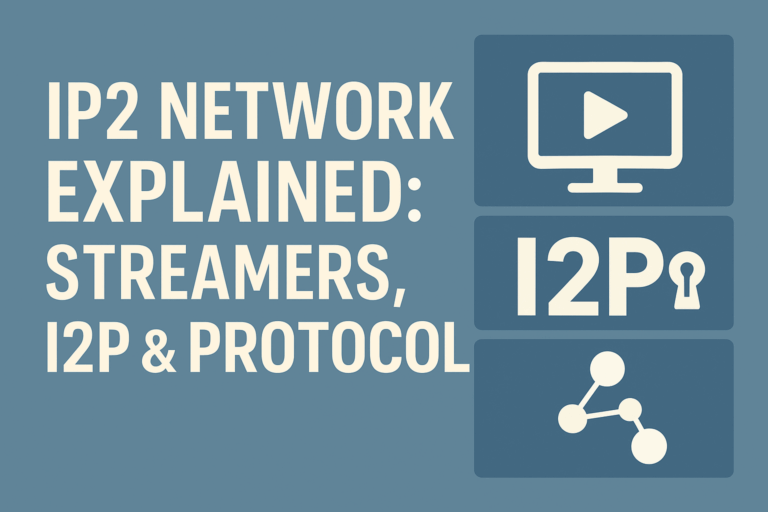What Are PLG Supplies? A Simple Guide for Businesses
In today’s fast-moving industries, companies need smart ways to get the right products quickly and efficiently. This is where PLG Supplies come in. PLG stands for Product-Led Growth, and when applied to supplies, it means using products and smart systems to improve how businesses buy and manage tools, equipment, and materials Increditools
This guide explains PLG Supplies in simple words. You’ll learn what they are, how they work, what they include, and why they matter for your business.
What Does PLG Supplies Mean?
PLG Supplies are materials, tools, and products that support the work of industrial companies, construction teams, and other hands-on businesses. But unlike traditional supplies, PLG Supplies focus on:
Product-first access End-users can find and use products themselves
Easy ordering No complex sales process or delays
Digital systems Tools that help track stock and reorder items automatically
It’s about making purchasing smarter, faster, and driven by real user needs without needing to talk to a salesperson every time.
What Do PLG Supplies Include?
PLG Supplies cover many different product categories. These are some of the main ones:
| Category | Examples |
|---|---|
| Tools & Equipment | Hand tools, power drills, cutting machines |
| PPE Protective Gear | Gloves, helmets, safety glasses, masks |
| MRO Supplies | Lubricants, batteries, cleaning agents |
| Industrial Components | Fasteners, hydraulic parts, valves |
| Digital Tools | Inventory software, tracking dashboards |
These products help teams stay safe, fix machines, keep operations running, and plan ahead.
Who Uses PLG Supplies?
PLG Supplies are used by a wide range of industries. Some common users include:
Construction companies: For safety gear, tools, and site supplies
Manufacturing plants : For repair parts, MRO items, and automation tools
Healthcare centers : For PPE, cleaning supplies, and safe storage tools
Utility providers : For field tools, electronic components, and diagnostics
Government departments : For municipal maintenance, roadwork, and labs
In all these places, workers need easy access to the right products—fast and reliably.
Why Are PLG Supplies Important?
Using a PLG supply system brings many benefits to a company. Here are some of the biggest:
1. Better Efficiency
Teams get the tools they need quickly
Less time waiting or filling paperwork
2. Improved Safety
Easy access to fresh PPE and protective gear
Stock levels are always maintained
3. Fewer Delays
Automatic reordering systems prevent stockouts
Repairs and operations happen on time
4. Digital Control
Managers can track usage and costs
Inventory dashboards show real-time data
5. Scalable for Growth
New teams and sites can access supplies easily
No need to build new procurement teams from scratch
How Are PLG Supplies Managed?
A modern PLG supply system uses digital tools and smart vendors. Here’s how it usually works:
Supply Process:
Inventory tools track what’s used and what’s low
Users request or auto-reorder needed items
Vendors ship quickly from local stock
Dashboards give updates on usage, spend, and delivery
Some companies even use AI tools to predict when they’ll need new items before they run out.
Common Vendors for PLG Supplies
There are many vendors that offer PLG-style services. These companies usually:
Offer online catalogs with real-time pricing
Provide bulk discounts or subscription options
Integrate with ERP or CMMS systems
Offer fast delivery and strong customer support
Examples of trusted vendors in this space include:
Grainger
Fastenal
McMaster-Carr
Uline
Amazon Business
These suppliers make it easier for companies to manage complex orders and still keep full control.
Are PLG Supplies Sustainable?
Yes many PLG vendors offer eco-friendly and compliant products. Here’s how:
Recyclable packaging
Low-waste materials
Energy-saving tools and gear
Vendor ESG Environmental, Social, Governance policies
By choosing vendors with strong sustainability practices, companies can reduce waste and improve compliance.
Real-Life Example
Let’s look at a simple example:
A construction company uses a PLG supply platform. Their team needs gloves, helmets, and battery-powered tools.
Instead of calling the supplier, workers scan a QR code when stock runs low.
The system checks the warehouse, places an automatic reorder, and the items arrive the next day.
Managers see a dashboard report of what’s being used and when.
Result: No delays. No extra paperwork. Safer, faster work.
Challenges to Watch For
While PLG Supplies offer many benefits, there are a few things to be careful about:
Too much automation: May cause over-ordering if not monitored
Vendor lock-in: Relying too much on one supplier
Training: Teams must learn how to use digital tools properly
It’s important to balance automation with control.
The Future of PLG Supplies
Technology is improving every day, and PLG supplies will continue to evolve. In the near future, we may see:
AI-powered forecasting
IoT-based sensors to track equipment needs
Automated drones for warehouse fulfillment
Smarter procurement apps with chatbots and voice control
Businesses that adopt these trends early will stay ahead of the curve
FAQs:
Q: What’s the main difference between regular supplies and PLG supplies?
A: PLG supplies focus on self-service, automation, and user-driven purchases.
Q: Can small businesses use PLG systems?
A: Yes! Many platforms offer tools that work for small teams with limited budgets.
Q: How do I switch to a PLG supply model?
A: Start by identifying your most used items. Then find a vendor that offers inventory tools and easy ordering.
conclusion:
PLG Supplies are changing the way companies handle tools, gear, and materials. By using digital systems and product-led thinking, businesses can save time, reduce risk, and grow faster.
Whether you run a small workshop or a global factory, PLG supplies can help you work smarter not harder.







